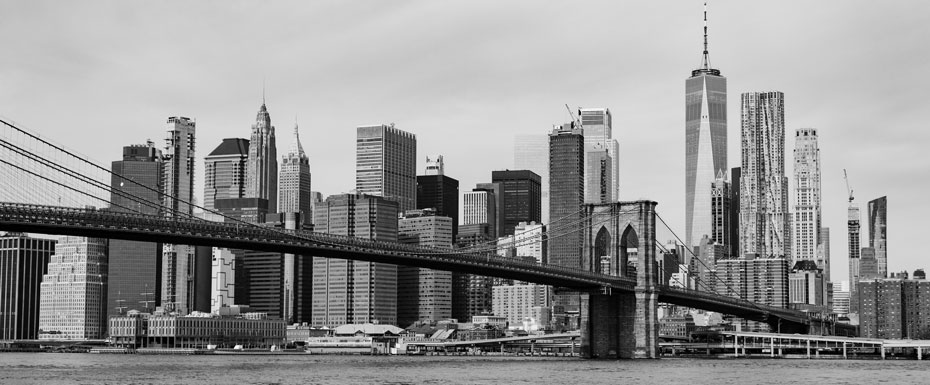
Hello, folks! Today I wanted to talk about one of the things I love the most – black and white photography. Lately, I felt that black and white photos ran out of fashion, and I thought it was the right time to shed some light on this issue. Today, we will talk about photos that look better in monochrome, discuss how to make an excellent black and white picture, and, of course, I’ll give you some of the obvious and still very important tips on editing and color contrast correction.
As a photographer, I believe that monochrome and black photography is a whole new way of expression compared to color photos. The language used in it is also radically different. Of course, I frequently hear from my subscribers and friends that they do not see any high aesthetic value in black and white, and it is rather a trick to save the lame color photo. As you can understand, I can’t entirely agree with this way of thinking, and I would also like to tell you why. So, let’s start from the very beginning.
What Is Black and White Photography?
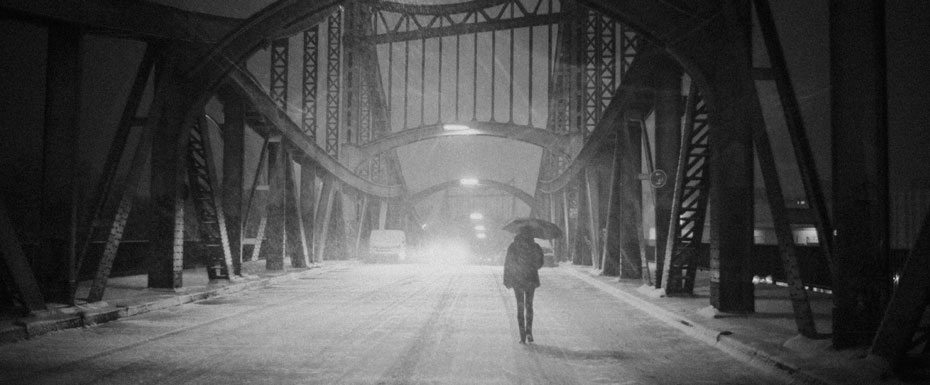
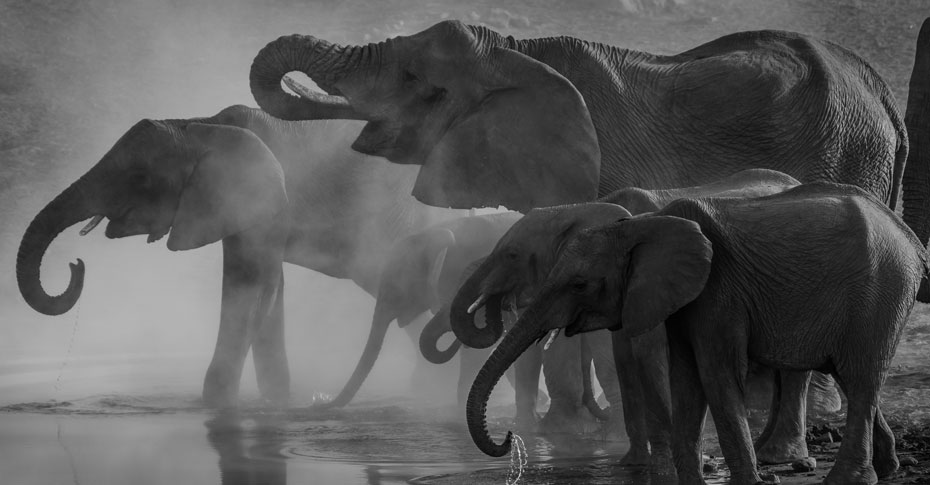
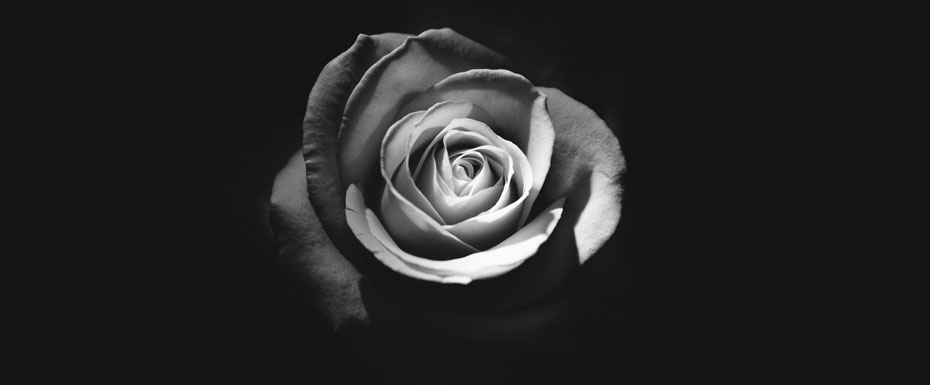
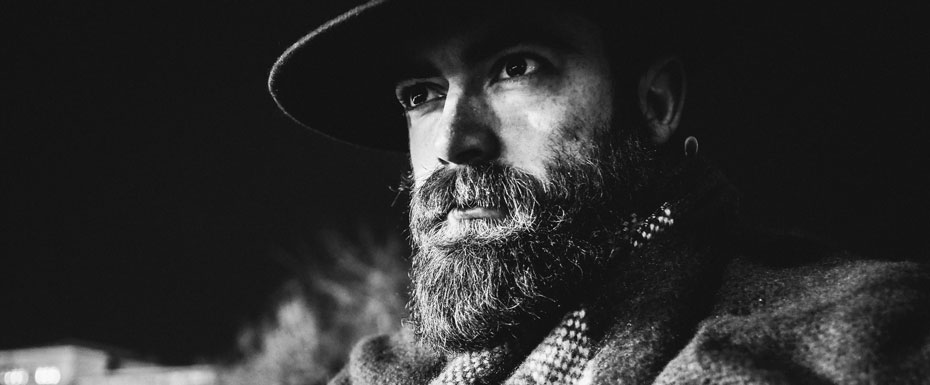
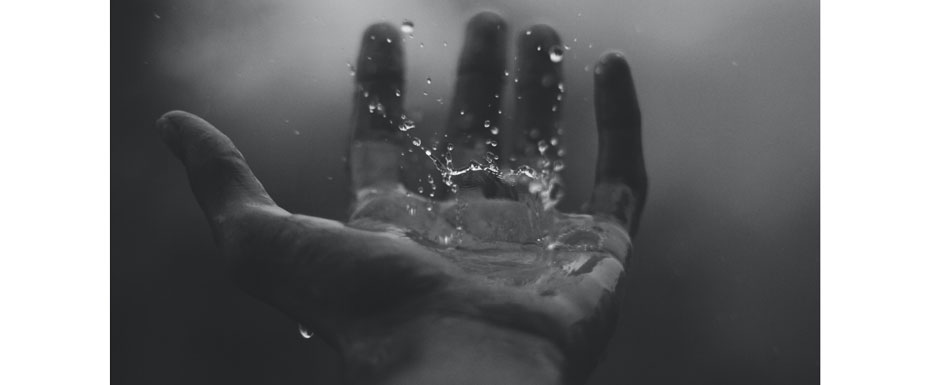
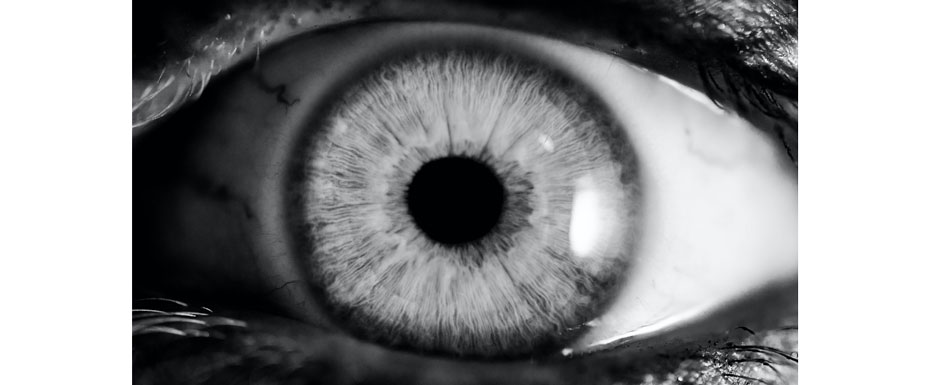 All the photos are colorless from the point of physics because the color is just a characteristic of the visual perception that humans have as a species. As you probably know, many animals have monochrome eyesight, and they actually can see some of the details much better than those who can distinguish colors.
All the photos are colorless from the point of physics because the color is just a characteristic of the visual perception that humans have as a species. As you probably know, many animals have monochrome eyesight, and they actually can see some of the details much better than those who can distinguish colors.
From my point of view, monochrome and color photography also works like sight – one of them can catch a moment that the other kind of photography will be unable to catch and vice versa. Color is frequently recognized as an indisputable virtue of a photoshoot, but is it really so?
Sometimes color can spoil a great shot by simply diverting attention from what is really essential in composition and also harm the game of light and dark. So every separate shot should always be seen as a separate story, maybe the one that is told with bright colors and sophisticated half-tones or the one that deserves a rawer and more concrete approach.
Analog or Digital
Personally, I enjoy both analog and digital. And once again, there is a lot to say about each of these photography approaches. As I said before, I look at analog and digital photography as they are two separate cultures, and each of them represents a specific aesthetic and feel of space and objects.
When I take photos with one of my digital cameras, I usually do not switch to black and white. Many photographers do it this way. In most cases, it is a post-production stage and color correction when you decide to make it hotter, colder, or delete all the colors at all. Still, sometimes I feel like it will be a monochrome shot, and I feel that I need to see the composition in a black and white mode. However, mostly I prefer to make such a solution only when the shot is opened on my monitor where I can see the picture in detail and make a more balanced decision about the future of the photo.
If I decide to take some analog photos, the task is always a little bit more tricky. As you probably understand, you have to be more careful with lenses and carefully choose the right one. I always recommend giving preference to the one which seems to be the most photosensitive of all. Also, check out the information about a black and white film that you are going to use. Personally, I do not recommend a penny-pinch when you are considering buying a monochrome film because the quality of the future shots depends a lot on the quality of your film. A cheap or mediocre monochrome film gives your shoots the shade of blue or yellow. In each case, it is not a good thing for you, even though you can make some corrections after you scan the shot.
Editing and Settings
When using a digital camera to make monochrome shots, I always recommend choosing RAW quality and JPEG image format. In this case, you manage to save as much information about the initial colors as possible, and you will be able to do some editing in your camera right after the shot is taken. Once again, I recommend that you make all important decisions about color at the post-production stage.
The other cool thing you need to try to make a cool monochrome photo is a long exposure. Long exposure allows you to achieve greater contrast between black and white and make objects more solid and detailed, which always looks stunning in these pictures.





